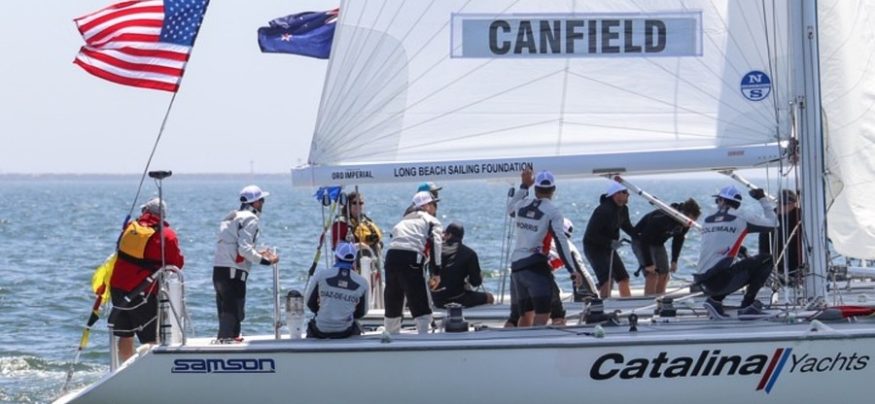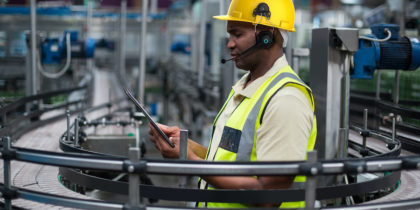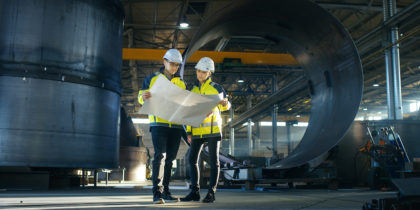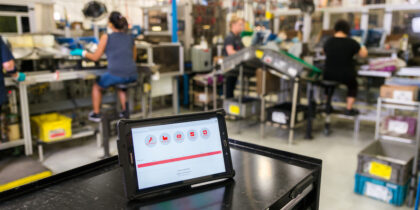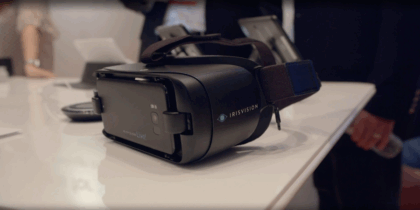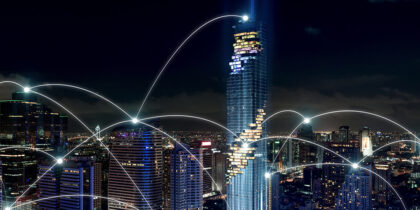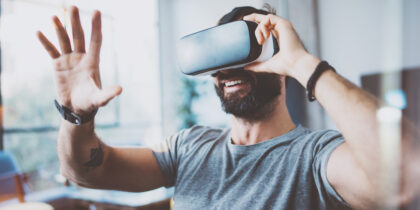The Long Beach Yacht Club (“LBYC”) has hosted the Congressional Cup regatta for 54 consecutive years. Renowned as the highest test of sailing ability, this prestigious regatta is known to many as the “Grandfather of Modern Match Racing.”
In planning the 2018 Congressional Cup, LBYC Media Productions set out to explore the potential of leveraging emerging VR technology to generate increased interest from new participants, fans and sponsors to the sport of sailing.
In addition to professional HD TV live streaming broadcast, they partnered with Samsung to broadcast live 360 video in stereoscopic 3D with the Samsung 360 Round. As one of the few professional, broadcast-ready 360 cameras with an IP65 waterproof rating, the 360 Round was a natural choice for the project.
Shooting on the water was a true test of live broadcast 360 video in some of the most challenging conditions yet faced by producers of the medium.
Equipping the Production
Geoffrey Talbot, chairman of communications and media at LBYC and executive producer for the event, said that the yacht club became increasingly intrigued by the differentiation and potential of VR 360 video’s immersive production values, adding excitement and appeal to younger and older fans alike.
“This year was a first to combine live HD TV coverage with 360 Round immersive VR,” explained Talbot.
Accomplishing this feat out on the water required a bonded cellular connection, which was provided by routers from TVU Networks. The signal needed to travel over the water from two separate 360 cameras to the AV production equipment for production on the Long Beach Veterans Memorial Pier, immediately adjacent to the sailing race track, where it would be transmitted instantly to Samsung VR. From there, Samsung VR’s stream could be viewed locally on Samsung Gear VR headsets and worldwide through LBYC’s website. The whole spectacle was broadcast at 4K-per-eye resolution (4096×4096) in stereoscopic 3D for the VR viewing audience.
Two boats were equipped with livestream-capable cameras: The first was the LBYC race committee boat, MV LOYNES, anchored at the start line, and the second was a roaming power boat. The two vessels provided a third-person chase view of each of the Catalina 37 racing boats. Switching occurred nearby on the pier where the bonded cellular signal was received. VR video is throughput intensive, due to its overall resolution and the need to transmit two channels simultaneously for the left and right eyes — but the TVU routers were more than adequate to get the job done.
Additionally, each of the 10 Congressional Cup racing boats were equipped with a Samsung 360 Round, providing recorded footage for highlight reels and later release.
The Congressional Cup is sailed with the Catalina 37, a limited production boat specifically designed for racing. Therefore, it’s imperative that every boat is identical to ensure no one has an unfair advantage — so each was required to have exactly the same camera and placement.
All told, Samsung provided 15 cameras for the production.
The Challenge of Livestreaming VR
Powering the cameras, routers and supporting equipment was a big challenge. A generator was needed on each of the two support boats equipped with live cameras. This was the main reason why LBYC decided not to livestream from the race boats themselves — a heavy generator on each race boat would have slowed everyone down, and they couldn’t risk complications during the race.
For future events, they are looking to leverage 5G networks — which, thanks to the higher throughput levels, would not require an onboard generator — in an effort to streamline the workflow and simplify the camera side form-factor.
The Ultimate Guide to 360 Video Production
Everything you need to start creating 360 video, from pre-production to post and distribution. Download Now
The cameras were all hard-mounted directly to the boats. The gentle motion of sailing and the conditions on the water fortunately made it pleasant to watch without the need for additional gimbals or stabilization in post-production. Camera support gear from Matthews Studio was used to secure the cameras to each boat. To keep things simple, the team used the on-board microphones embedded in the cameras, rather than adding external equipment.
One of the most important factors to this production was redundancy, and a failsafe in case problems were to arise. LBYC ran testing for five days prior to the event to ensure everything was in complete working order. As important as having a redundant fallback is in broadcasting, the complexity of 360 video makes it even more important for VR.
Mission Accomplished — and More to Come
The 2018 Congressional Cup livestream was counted a rousing success. Sailing enthusiasts from around the world were able to watch via Samsung VR and on LBYC’s website. In the wake of this success, the yacht club intends to continue looking at ways to implement VR and 360 video in future events.
“Now that we are advancing up the learning curve we’re planning to do more exciting productions. The more interesting we make sailing productions, the more participants and fans will be attracted to the sport,” explained Talbot. Thanks to a collaborative approach to innovation, LBYC and Samsung were able to live broadcast a stereoscopic VR video over open water — the first time ever for an event of this type.
Those who missed the live broadcast can check out the highlight reels in their Gear VR headsets via the Samsung VR platform.
Thinking about investing in 360 video? Here are ten reasons not to wait.
